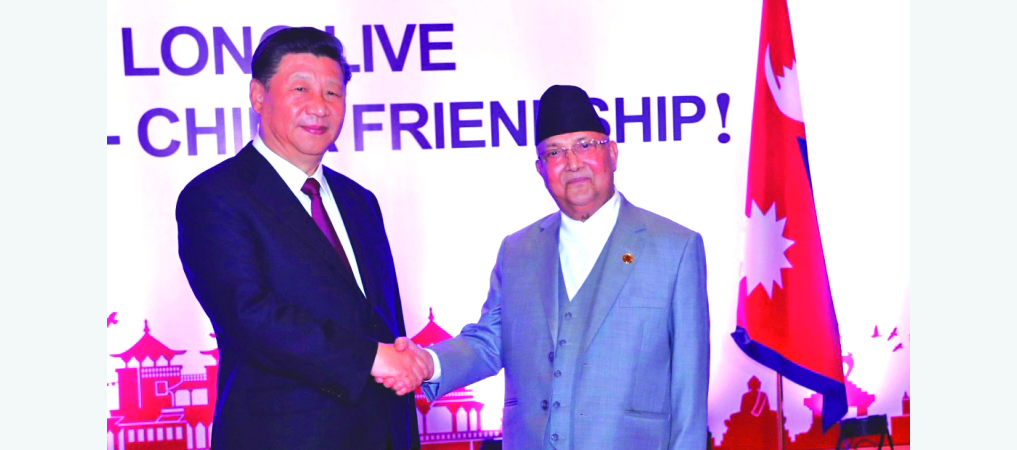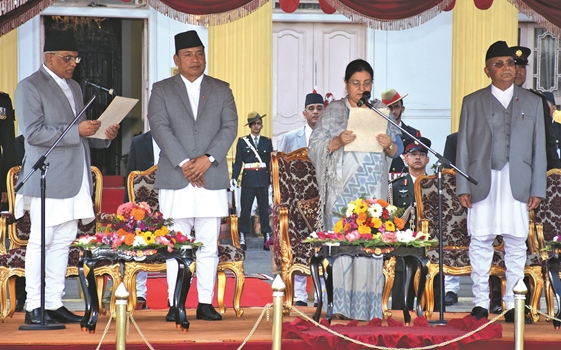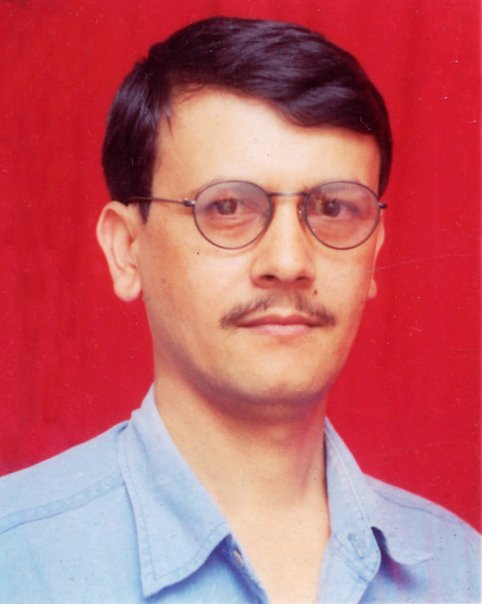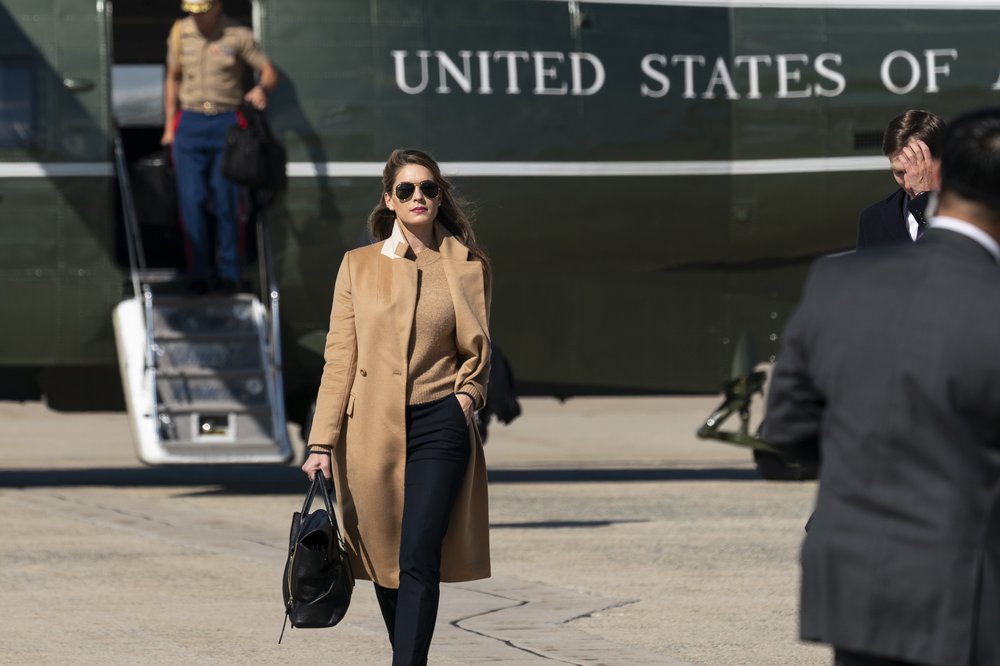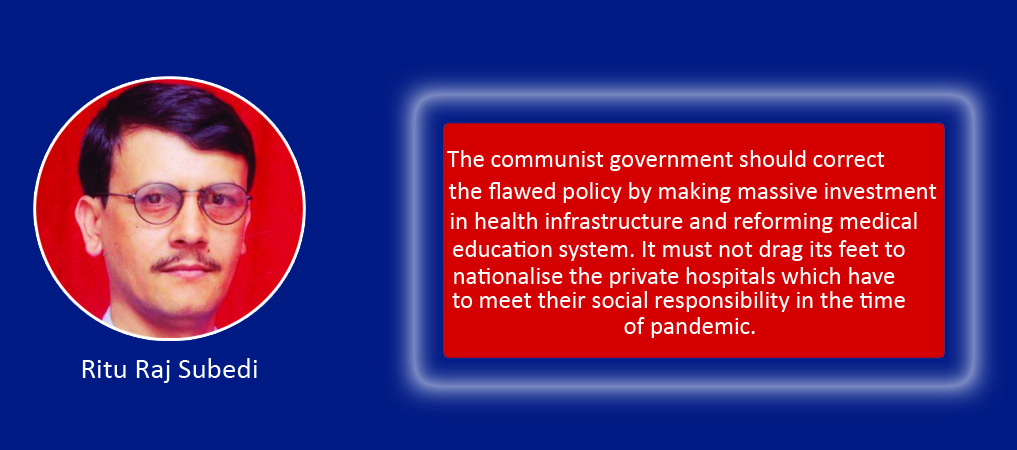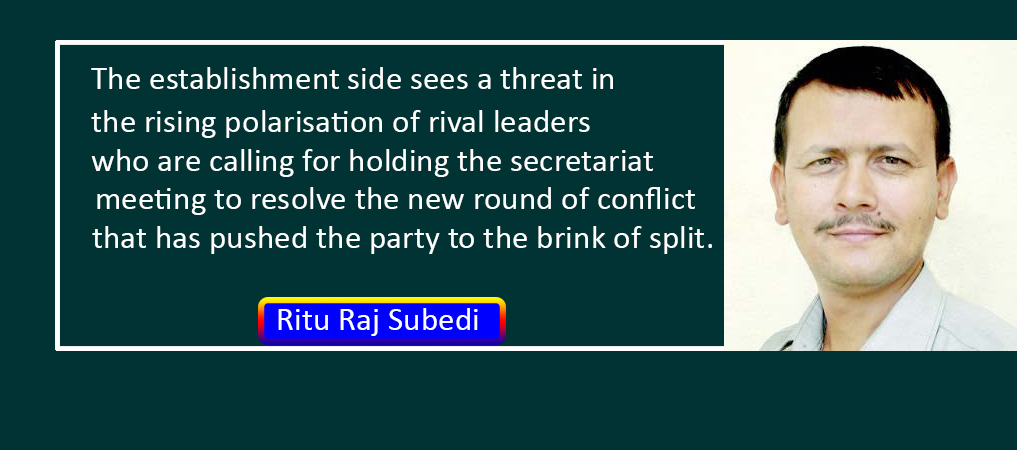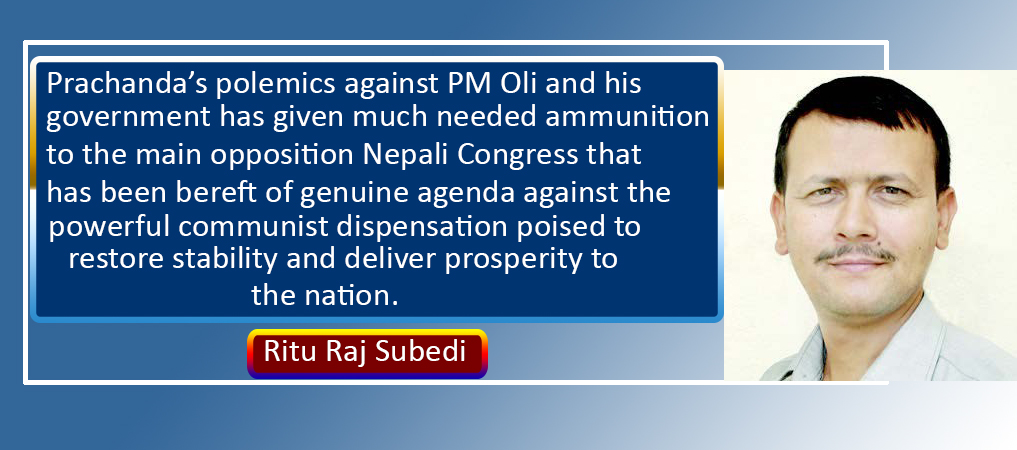Can Military Diplomacy Reset Nepal-India Ties?
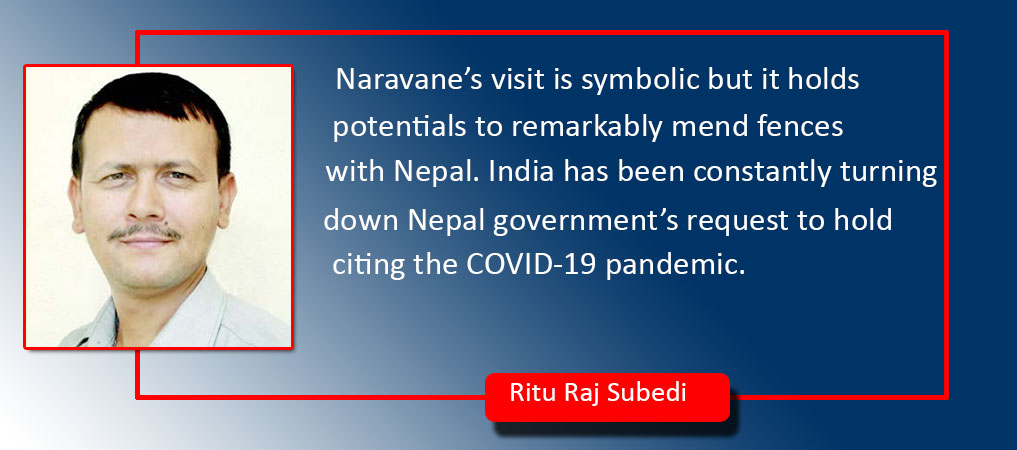
Ritu Raj Subedi
As the highest political leaderships of Nepal and India are yet to come to terms over Nepal’s assertive move to recover its encroached territories in the far-west, military diplomacy has been activated to open communication channel to get their bilateral relations back on track. Like during the 2015 Indian economic blockade, armies of the two nations have come on the scene to reset the ties between the two ‘democracies.’ It is interesting to note that the civilian governments take recourse to military dialogue to overcome their serious bilateral deadlock, which only exposes structural flaws in the age-old relationship.
Given that the two armies have fostered intimate relationships for years, it is not unnatural for them to utilise their good offices to resolve the tension at the highest level of leadership. The upcoming visit of India’s Chief of Army Staff General Manoj Mukunda Naravane to Nepal in early November has been viewed in this perspective. Naravane will basically come here to receive the honorary rank of General of the Nepali Army. It has been a tradition that Nepal and India confer the title of honorary chief of army staff to the chiefs of the armies of the other country.
Meaning and message
Naravane’s visit does carry meaning and message. He is the highest level official to visit Nepal since the two nations got embroiled in their fierce battle of maps. The borderland row between the two nations started to simmer after India revoked Article 370 of its constitution and issued a new administrative map by incorporating Nepal’s territories within it. India paid no attention to Nepal’s protests against its expansionist adventurism. It was shell-shocked when Nepal updated its own political map including Kalapani, Lipulek and Limpiyadhura, which according to the Sugauli Treaty of 1816 belong to Nepal but these strategic sites have been controlled by India since the early 1960s. India faced an unexpected challenge from a small neighbour which it has been trying to convert into a cliental state especially on the back of the 1950 Peace and Friendship Treaty.
Multiple factors had led to the unveiling of the new map by Nepal. One was Naravane himself. In May this year when Indian Defence Minister Rajnath Singh opened an 80-kilometre road passing through Nepal’s Lipulek, the latter condemned it as unilateral move, insisting that it breached the bilateral understanding of solving the border dispute through negotiations. Adding fuel to the fire, Naravane said: “They (Nepal) might have raised this problem at the behest of someone else.” He was alluding to China. The inflammatory remark triggered uproar in Kathmandu and other parts of the country. It further worsened the already strained relations between the two nations.
However, his Nepali counterpart Purna Chandra Thapa refrained from making any rejoinder to Naravane’s statement. Thapa said that the Nepali Army would respond to it at an appropriate time and forum. His sangfroid and self-restraint had saved the friendly relationship between the two armies. Thapa’s mature approach was perhaps a reason that forced Naravane to deliver a mea culpa to Nepali people. He backtracked on his ‘political’ statement and said that he had no intention of hurting Nepali people. In a similar manner, Indian Defence Minister Singh had also withdrawn his previous statement and expressed a gesture of goodwill towards the Nepali people, stressing the ‘indispensable ties’ with Nepali Army.
Naravane’s visit is symbolic but it holds potentials to remarkably mend fences with Nepal. India has been constantly turning down Nepal government’s request to hold talks, citing the COVID-19 pandemic. Against this backdrop, Naravane’s trip implies that India is no longer in a position to sidestep Nepal. Nepali leaders and authorities will read the mind and mood of the Indian regime through Naravane’s statements, gestures and body language when he will pay courtesy calls on various dignitaries, including heads of state and government here.
Formally, Naravane is not expected to touch on the demand of the Nepali side to return its territories from India. But NA chief Thapa can convey a clear message to him through informal talks. He will now get an appropriate time and forum to demonstrate diplomatic aptitude to iron out territorial dispute with India. A descendant of great patriotic warrior Bhakti Thapa, he has been proactive to defend the borders and depute the military check posts near Nepal-India border.
Opportunity
For Naravane, the visit offers an opportunity to win the hearts of Nepalis. He can well tread the path shown by his predecessor Dalbir Singh Suhag, who had played an important role in ending the Indian economic embargo on Nepal in 2015, according to the NA sources. Also former commander of Gorkha Rifles, Singh dared to rise above the parochial geopolitical interest and convinced PM Narendra Modi against the inhuman blockade despite the fact that Indian hawks like Ajit Doval were not in favour of lifting it. Credit also goes to former NA chief Rajendra Chhetri, who had held a series of talks with Singh over the security challenges posed by the embargo. Now Thapa and Naravane can play a similar role for improving relations and restoring normalcy between the two neighbours.
(Deputy Executive Editor of The Rising Nepal, Subedi writes regularly on politics, foreign affairs and other contemporary issues. subedirituraj@yahoo.com)
Recent News

Do not make expressions casting dout on election: EC
14 Apr, 2022
CM Bhatta says may New Year 2079 BS inspire positive thinking
14 Apr, 2022
Three new cases, 44 recoveries in 24 hours
14 Apr, 2022
689 climbers of 84 teams so far acquire permits for climbing various peaks this spring season
14 Apr, 2022
How the rising cost of living crisis is impacting Nepal
14 Apr, 2022
US military confirms an interstellar meteor collided with Earth
14 Apr, 2022
Valneva Covid vaccine approved for use in UK
14 Apr, 2022
Chair Prachanda highlights need of unity among Maoist, Communist forces
14 Apr, 2022
Ranbir Kapoor and Alia Bhatt: Bollywood toasts star couple on wedding
14 Apr, 2022
President Bhandari confers decorations (Photo Feature)
14 Apr, 2022



